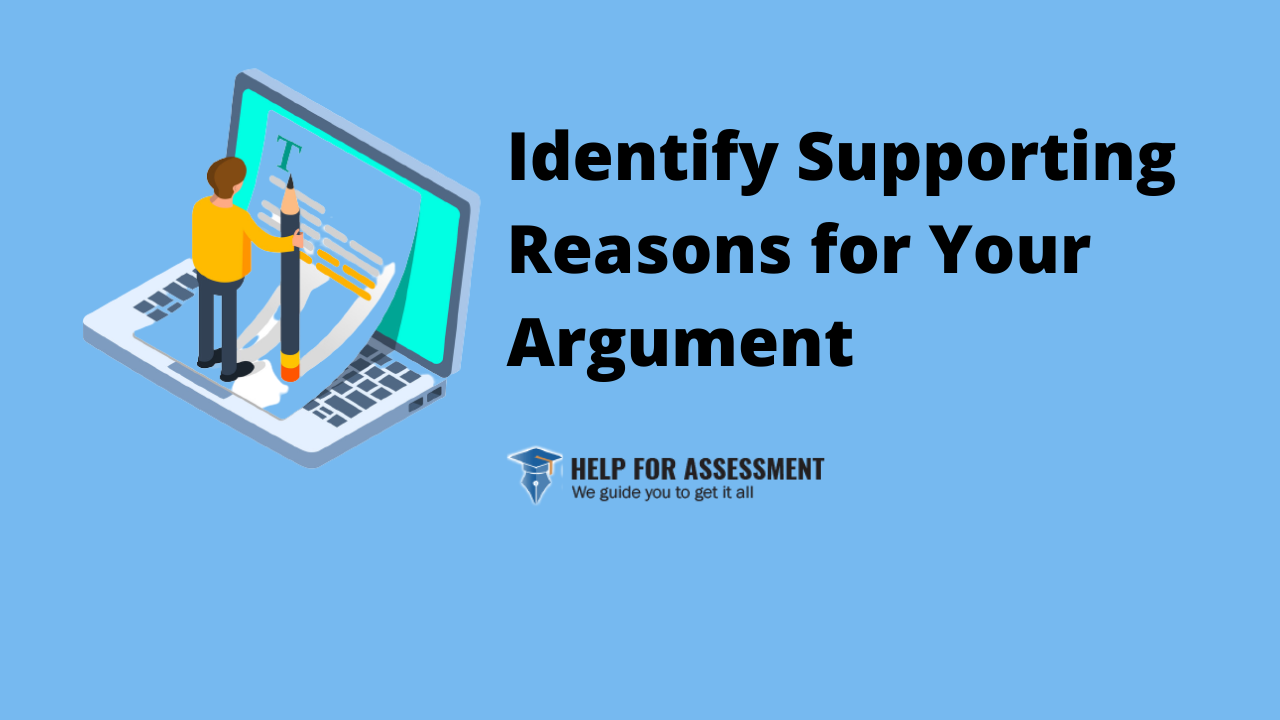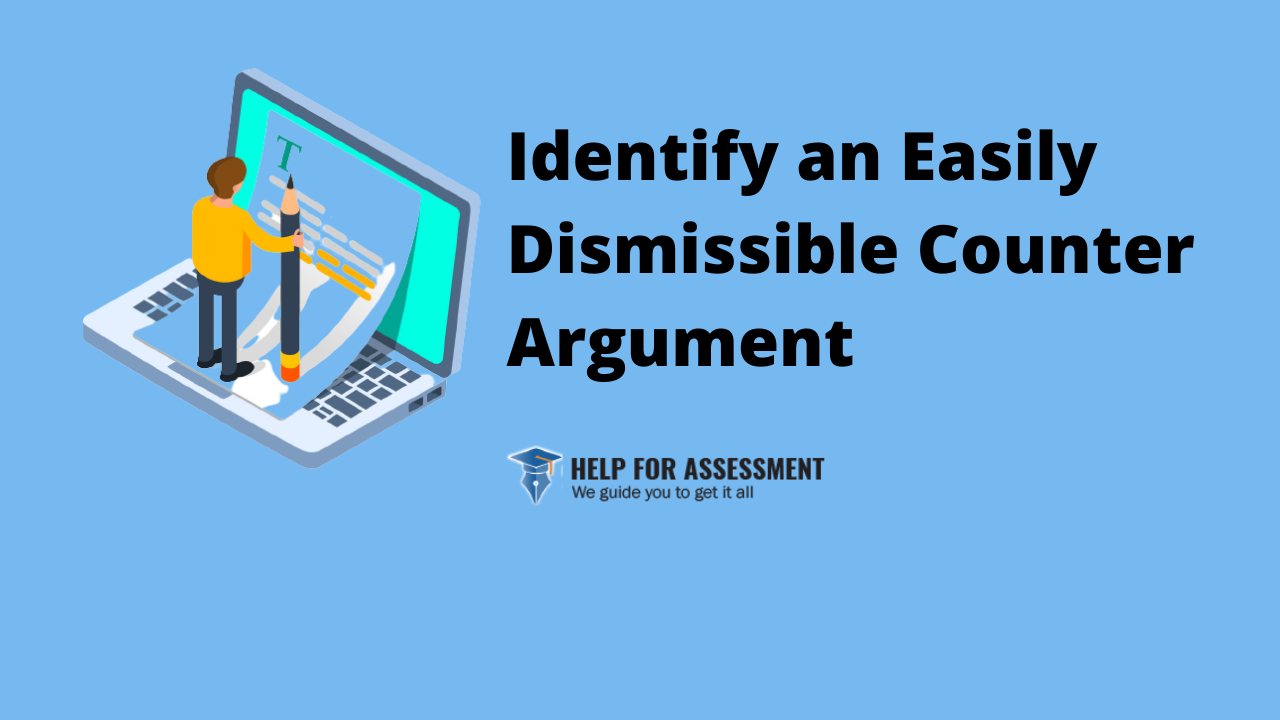Do you know that a position paper is much like an argumentative essay? It’s exactly so since it requires you to choose one side of the issue as students do in debates. You will be charged with providing convincing evidence to readers that the position you have taken is the right stance from the beginning.
To write an excellent and winning position paper, you need to select your side of the issue, develop an argument, create a useful draft, and then write and edit the paper. So in this guide, we’ll show you how to write a position paper that will get your assessment panel hooked.
Before we get to it, check out our position paper writing service if you’d like Help for Assessment to help you get your position paper written on time.
With that out of the way, let’s show you how to structure your position paper without trying so hard.
What is a Position Paper?
The definition of a position paper given above doesn't reveal all there is to know about these important pieces of academic writing. To start with, the goal of a position paper is to convince others on the merits or demerits of a select issue and even lobby for support to start on a plan of action.
For example, you may have heard about Model United Nations clubs and conferences. The student delegates who attend have to write a position paper for the conference, which gives them exposure and experience into how government and the UN work.
As you can attest, some of the most important issues in the world today are highly divisive. Nuclear arms, gun control, the rights of women, climate change, protection of animals, civil war, terrorism, among many others are some of the hot-button topics that elicit mixed reactions. If you could convince others to adopt a better point of view, you may even lobby enough support to effect important policy changes.
What does this have to do with the humble position paper, you ask? Everything! For one, a position paper is written as a kind of debate to present your argument
to others. It gives you the chance to explore your own opinion about a subject as well as that of other people.
A position paper should be 1-1 ½ pages in length double spaced, or about 300 words. Thus, your argument needs to be highly condensed and concise.
Now that you understand what a position paper is about, let us take a look at what qualities make a good one.
How to Write a Position Paper in Any Format
1. Choose Your Side of an Argument
The most important thing is to ensure your topic is arguable. That means choosing a topic that is not only controversial but also has a minimum of two clear sides.
Keep in mind that there are topics that might appear to have two sides but, in reality, most people would see them as one-sided.
For instance, a topic such as “children need to be cared for properly” is only one-sided because most people would agree with the assertion. No one would want to have a contrary opinion on this. Probably the right topic would be to take a stance on what ought to be done if children don’t get the proper care.
2. Research Your Topic
To choose and effectively defend a position, you must have a full grasp of an issue. Take into account the background information, the arguments for each side, and recent developments. Make sure you have examined a minimum of two sides of your subject:
1. Go to your local library for newspapers, journals, and books
2. You may also want to check credible websites, news sources, and online databases
To deem a source credible, look at the credentials of the author, use peer-reviewed journals, and get information in two different sources. Also, make sure you have used the most recent information sources. Try to avoid self-published sources at all times. Learn how to cite sources here.
3. Identify Supporting Reasons
A position paper has 2-3 supporting reasons for the claim you make. However, a longer paper usually includes more reasons.
Remember that the supporting reasons for your argument will arise from your evidence, and this means you need to select provable statements.
Where possible, get supporting reasons that can be shown in two or more pieces of evidence. This guarantees that you will have a stronger argument.
Use your paper’s parameters or your argument sheet to figure out the number of supporting reasons that need to be included in the paper. In most cases, academic papers will use two to three reasons.
4. Compile Your Supporting Evidence
Put together the pieces of evidence that you intend to use to support your argument. After that, write them in a way that’s convenient for you.
An example is to note your citations on an index card to use while writing your position paper. Another option is to type them and then copy-and-paste into the paper when you are in the drafting phase.
Putting together your evidence at this time will make it easy for you to write your position paper. Note that proper citation of your sources is key. If you include a direct quote, make sure you put it into quotation marks. If you summarize or paraphrase something from somewhere, make sure you give the author the credit.
Do not include any evidence at this stage. The majority of the ideas that you will present in the paper ought to be your own. While there is nothing wrong with quoting sources, do not quote entire paragraphs. Your quotes should be a maximum of two sentences and don’t write more than a quote in one paragraph.
5. Identify an Easily Dismissible Counter Argument
A counter-argument can help you make your claim stronger because it proves to the reader that you also considered other options.
Writing a counter-argument and then dismissing it shows that the position you took is the correct one. It’s easy to dismiss a good counter-argument, something that allows you to use your evidence to refute it.
Draft Your Position Paper with the Following Outline
Develop Your Thesis
It’s important to note that your thesis statement is what controls your paper, so you should write it first. When writing a position paper, it is completely fine to vary the structure of the thesis. You can have only two supporting points as you write a counter-argument.
Write Your Introduction
Provide the readers with background information on the topic in the introduction, and make sure to include relevant information to your stance.
For instance, if your topic is about gay marriage in Wisconsin, you only need to include background info that’s relevant to this state.
Write at Least 2 Paragraphs in the Body
When writing a short position paper, it may contain only two paragraphs. One paragraph may be for the supporting points and another one for counter-arguments.
But the majority of position papers have 3 or 4 body paragraphs. Of these, two will usually be for supportive evidence.
Provide Evidence Supporting Your Stance
You need to include a minimum of one piece of evidence in support for each of the reasons you write down. Extract your evidence from research and focus on statistics, facts, quotes, and documented stories.
Conclude the Essay by Restating Your Position
Write a strong conclusion that re-asserts your position and the reasons why you think it is the right stance to take. Again, summarize your argument and then briefly dismiss the counter-argument. It’s also necessary to end your position paper with a call to action.
What are the Characteristics of a Good Position Paper?
The goal of a position paper is to convince and compel, and there are a few features that help make it more likely to achieve this goal. Writing experts at Help for Assessment say that these qualities must be present in every position paper:
1. Passion
An issue that you fight for (or against) must be an issue you strongly believe in, otherwise your arguments won’t have merit. Thus, you need to choose a topic that you are personally interested in and support the side that you truly believe to be right. You may not always have the right to choose the topic, but you can pick a side.
2. Enough Support and Evidence
Passion is useless if there are no hard facts on which to base your arguments. From the moment you pick your position paper topic, make sure that there is enough data and evidence to merit your choice of position. If you ever have to choose between a topic you believe in and one with strong evidence, the latter wins every time.
3. Clarity
The language you choose to use should be straightforward, simple, and intentional. Every word needs to be weighed and specifically chosen to contribute to the intended result.
4. Conciseness
The position paper is only 300 pages long, which means that you must take care to condense the relevant arguments into the 1 or so pages available.
5. Structured
Every sentence, paragraph, and phrase needs to be intentional and well structured. Your thoughts and logic need to be well organized and presented.
These qualities of a good position paper essay stem from the topic you choose, assuming that you are given the freedom to do so. In such a case, you need to think about these qualities of a good position paper topic.
6. Interesting
Ultimately, you are writing your paper for your audience. Choose a topic that resonates with them, your instructor, and
other delegates (MUN).
7. Controversial
The topic chosen has to have two or more valid arguments. A one-sided topic will not let you develop the debating and research skills which the paper requires. Controversy is what fuels your paper and is what diplomats thrive on.
8. Personal interest
The issue has to be one that stems from personal interest. Being able to cite a one-on-one encounter gives invaluable anecdotal value to your arguments.
9. Specific
Such a short essay must be highly specific and targeted. Any generality or ambiguousness in the chosen topic or the essay itself will make it look unprofessional. From the time you choose your topic, take time to craft a title and thesis statement to ensure that your essay is clear and focused.
10. Informative
It should have a wealth of information to allow you to research all points of view in detail before you choose one.
11. Useful
For MUN conferences, delegates should find topics of enough global impart to warrant the attention of the UN. For any other position paper, the topic chosen must be worth the attention you give to it and have real-world applications.
Conclusion
A position paper is usually only one-page long. To write an effective one, make sure it includes a great introduction, and then follow this with a detailed breakdown of the position of the country on the topic or topics being discussed.
You shouldn’t just stop at providing facts in your position paper but also propose solutions.





